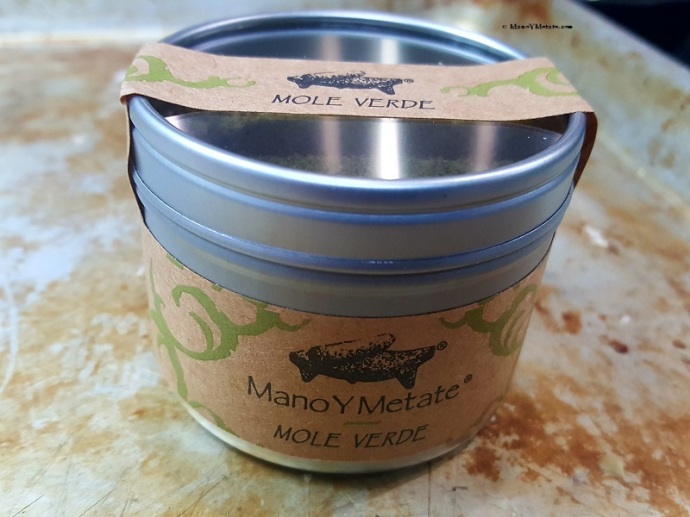
Hello Friends, Amy here with summer sweet corn and tomatoes! I canned some tomatoes and froze some corn kernels for later.

I started with my favorite cornbread recipe. When I make Mano Y Metate mole powders I use masa harina, made from corn that has been treated with lime (as in limestone, not the citrus) and coarsely ground to make tamales. It is too coarsely ground to make mole but it is the only one I can get non-GMO in small quantities. I only need a couple 50 pound bags a year, not a pallet of 50 pound bags at once! So I sift it for the mole powders, leaving me with surplus of very coarse meal that certainly has a higher portion of the germ and bran. That makes it more nutritious but not at all starchy. For cornbread, I use three fourths cup of this coarse meal and one quarter cup wheat flour, even though the original recipe does not call for any wheat.
In lieu of yogurt or buttermilk, I used one and a half cups fresh milk with a one and a half tablespoons cider vinegar. Also a tablespoon mesquite honey from Sleeping Frog Farm, an egg, a quarter teaspoon each of salt and baking soda.

I like crust. So I start by preheating an eight inch skillet (or any baking pan, it does not have to be cast iron to be improved by preheating) at 425 degrees. When it is to temperature, I let 2 tablespoons oil or lard melt in the pan. Butter works too but it does get very toasty. My friend rendered this lard from a local pig.

For the best crust, I put the oiled pan back in the very hot oven. When the oil is to temperature, I pour the batter in the pan and it immediately bubbles and puffs!

Tucson CSA has not shared any green chile, yet, but hopefully it will very soon. Inspired by Mole Dulce dry sprinkled on brownies, I sprinkled the top of the cornbread with Mole Verde powder.

Also, fresh tomato slices, for color. It’s been a good year for tomatoes at Crooked Sky Farms, lots of heirlooms and Romas.

After 20 something minutes in the oven, it was golden. No need for a toothpick test here! Spicy crusty exterior and creamy sweet corn studded interior.

Breakfast outside on a steamy desert morning, watching the plants in the yard grow explosively with the summer rains.








